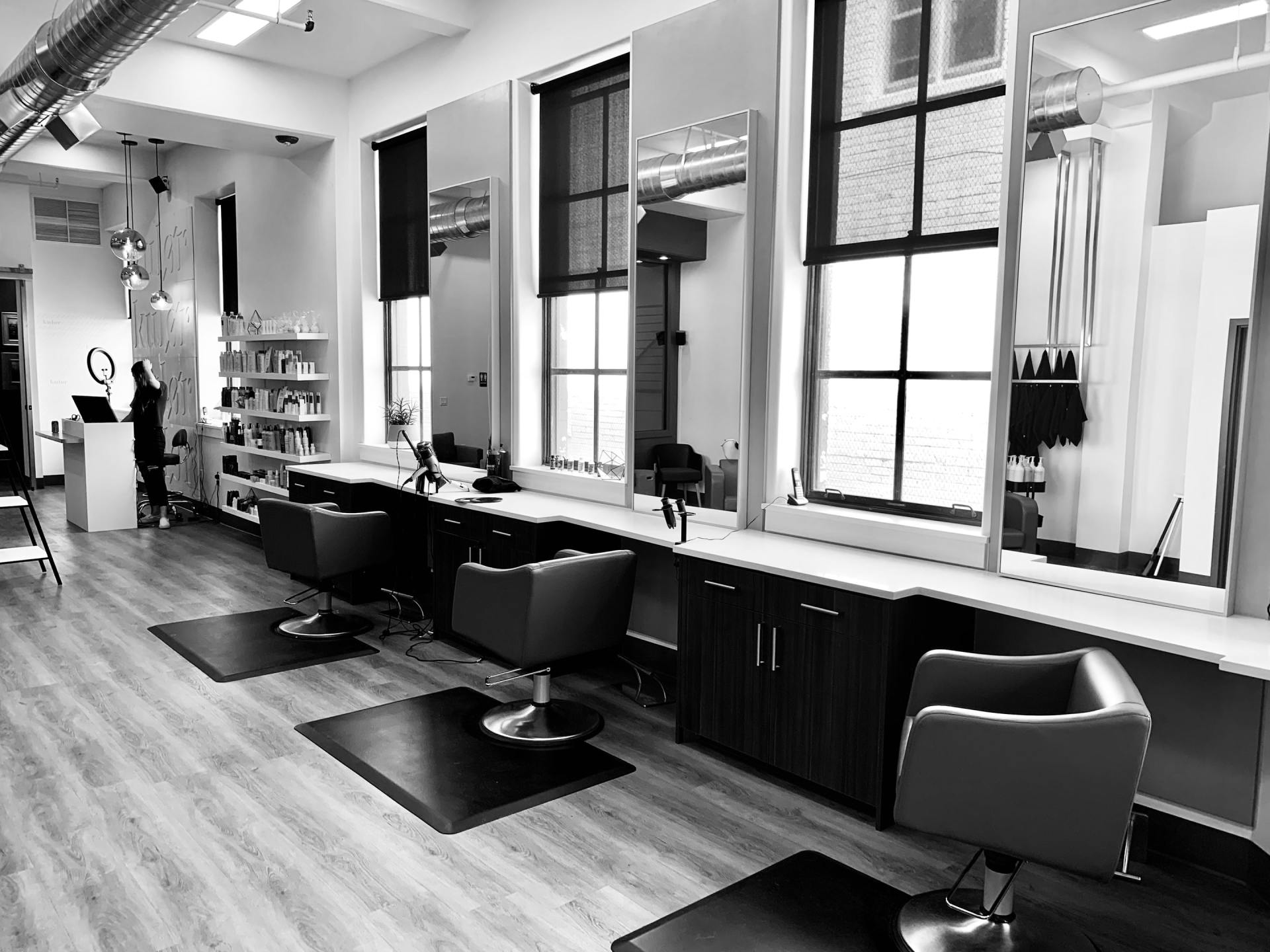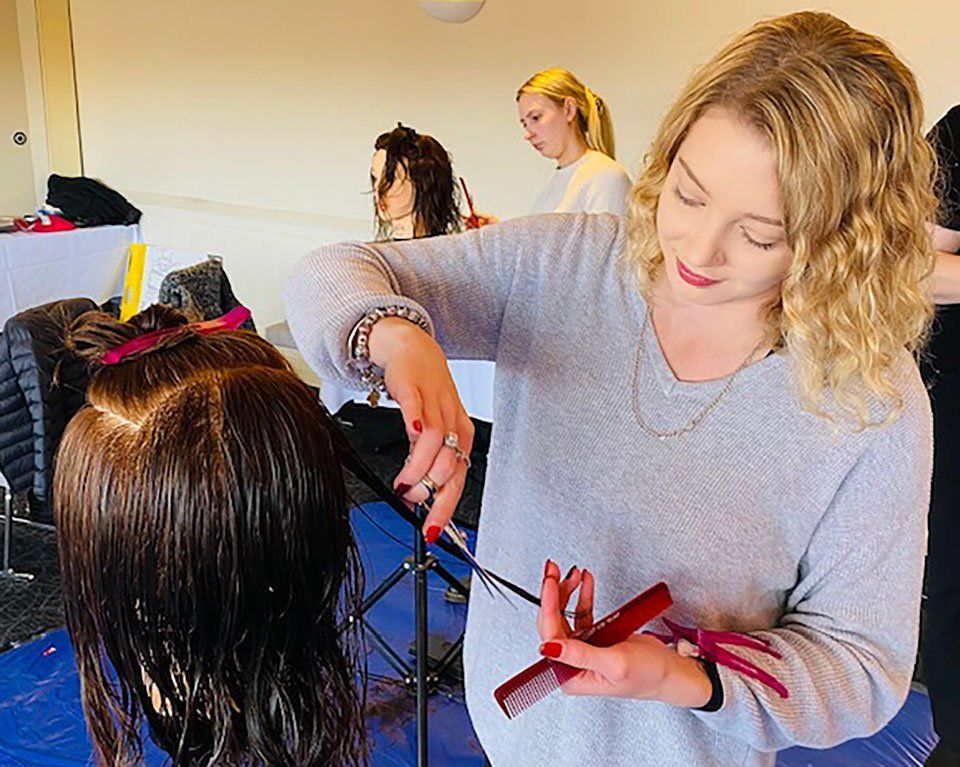Taking control of the haircut
Stylists often comment to me, ”I can’t wait until the day I’ll feel calm after a client shows me a photo of how they want their haircut.”
Clients can make us feel very uptight, especially when the photo of what they want is on their own phone or device. This makes taking control of what we need to plan and create very difficult.
They often show the photo, ask you if it will suit them , then they put their phone away, I wonder if they assume I have a photographic memory, and I’m am able to decipher exactly how the cut was created with the slightest glance!
This discussion often arises with students in our Bootcamp Workshops. Below are some great tips on how to take control of the haircut, stay calm & manage the situation.
- No matter how experienced you are , one look, or even a 30 second study of a photograph in a consultation is simply not enough. The most experienced stylists take time to study as many aspects of the haircut from the photograph as possible, they will continually review the look as the haircut evolves.
- Your stress will begin to increase, if you feel that can’t keep reviewing the photos throughout the cutting process. You know very well, your not so perfect photographic memory will kick in, and things will start to go wrong. The fact is, by looking regularly at the photo the more precise you’ll be and closer you’ll get to producing the haircut your client wants.
- Many stylists feel that the client may think they don’t know what you’re doing, if they keep asking to look at the photo. To solve the uncomfortable situation, of you having to keep asking the client to show you the picture again and again, ask them to airdrop the photograph to you.
- By taking control, you are able to plan the creation of the look the client wants , when you are in control, you stay professional, and you will enjoy your work.
Kylie xx






